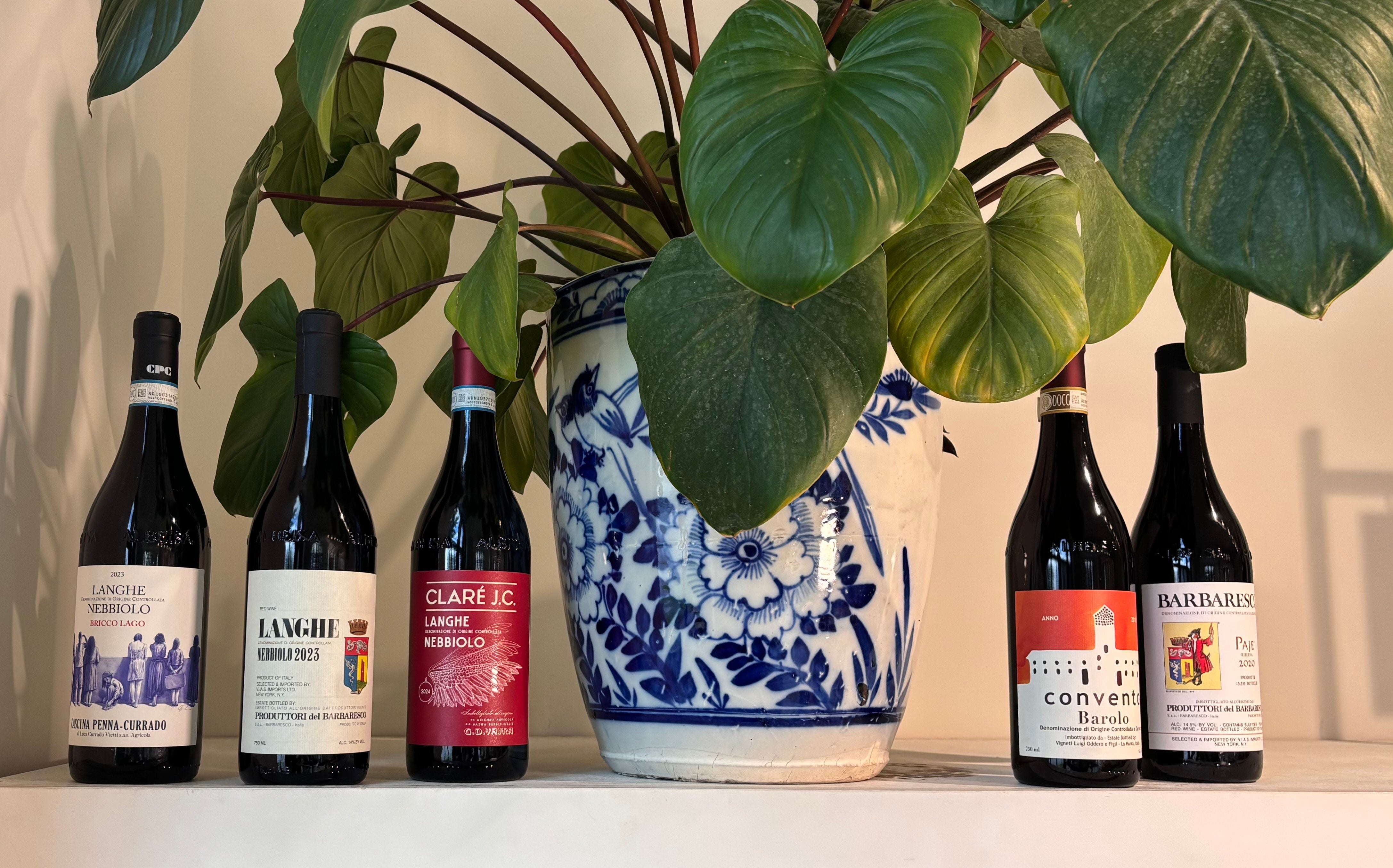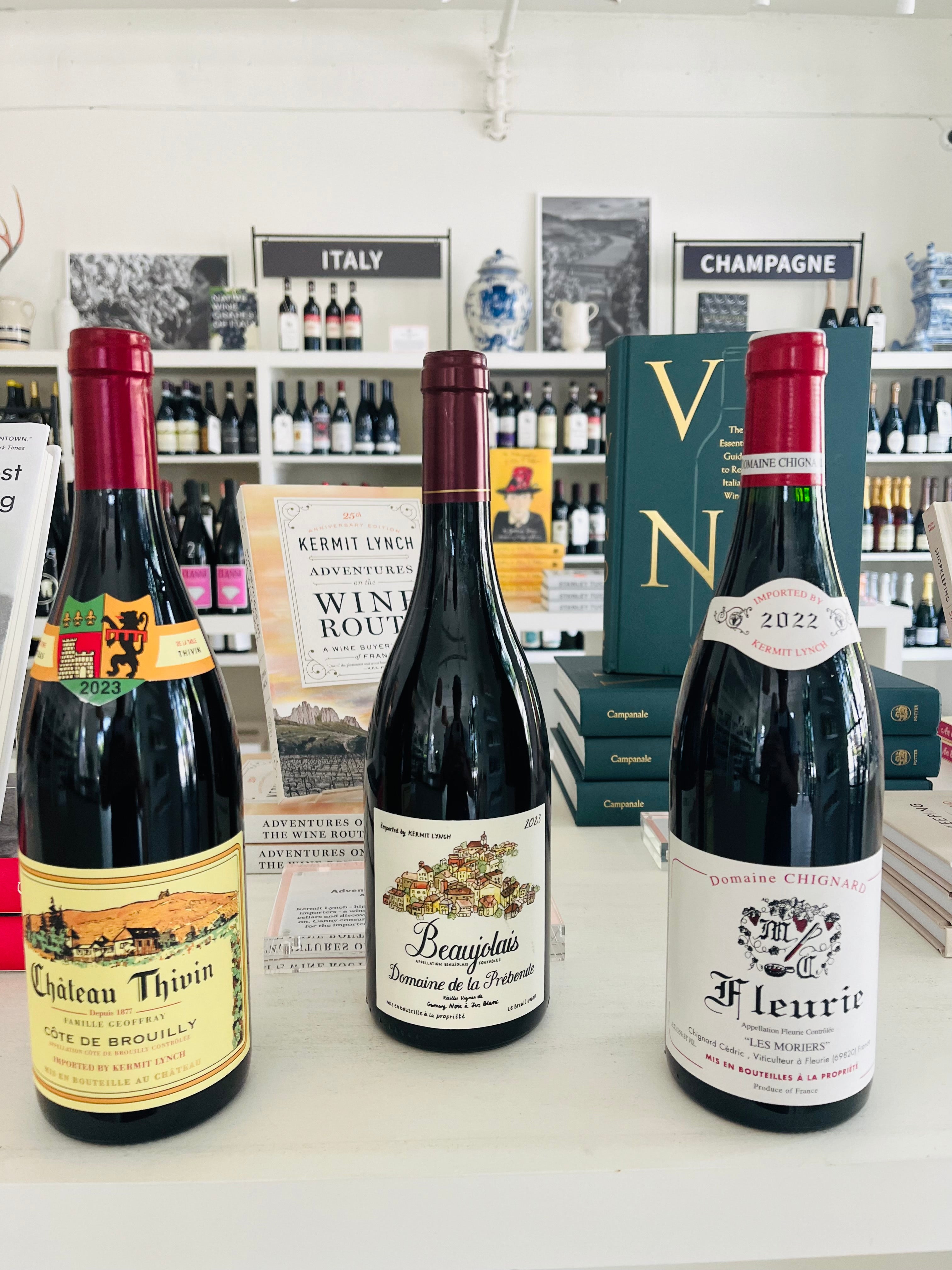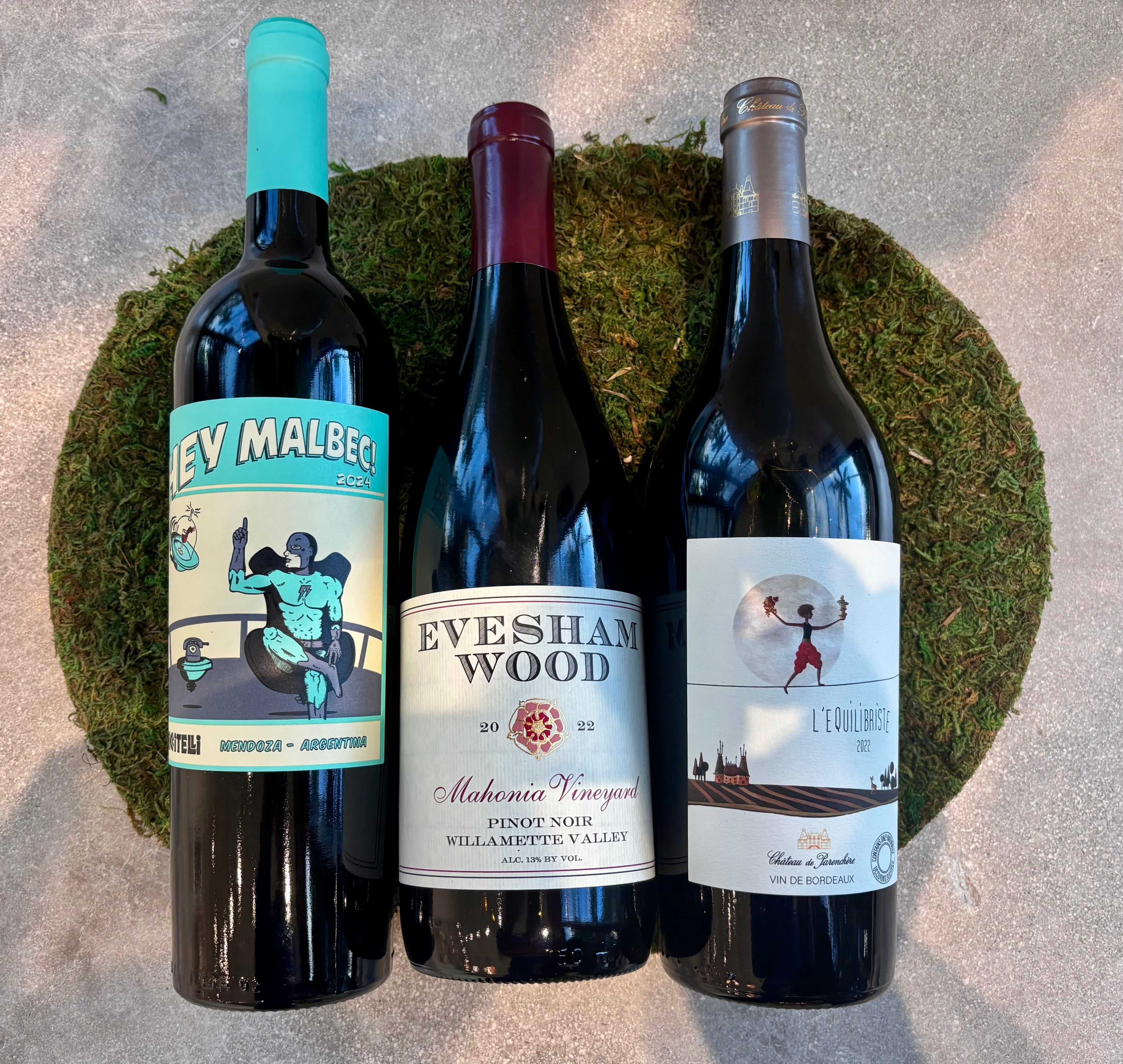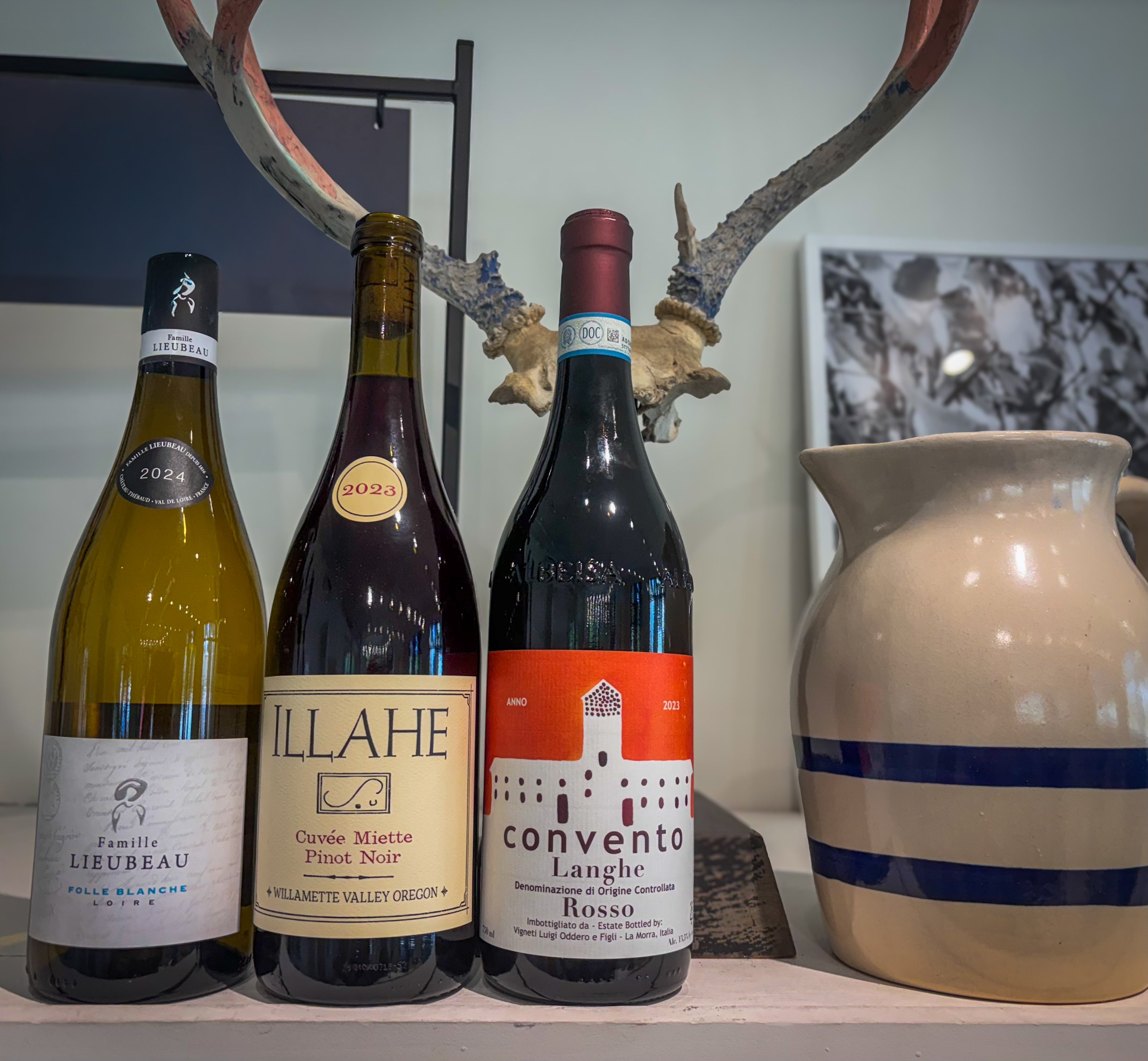Piedmont: Where Ancient Soils Meet Timeless Tradition

In the rolling hills of northwestern Italy, where the Alps cast their protective shadow over vine-covered slopes, lies Piedmont—a region that embodies everything we love about wine. While Tuscany draws the crowds and Bordeaux commands the headlines, Piedmont quietly produces some of the world's most compelling wines, each bottle telling a story written in ancient soils, shaped by generations of tradition, and elevated by a diversity that few regions can match.
This is where wine becomes poetry—where Nebbiolo transforms into the legendary Barolo and Barbaresco, where Barbera offers everyday pleasure with unexpected depth, and where a constellation of indigenous grapes creates flavors found nowhere else on earth. For those willing to explore beyond the familiar, Piedmont rewards curiosity with bottles that deliver complexity, character, and soul at every price point.
The Diversity That Defines Piedmont
What makes Piedmont truly exceptional is its remarkable diversity. This isn't a one-grape region riding on a single reputation. Instead, it's a tapestry of indigenous varieties, each perfectly suited to its specific corner of this varied landscape. Nebbiolo reigns supreme in the Langhe hills, producing the powerful, age-worthy wines of Barolo and Barbaresco. But venture into different valleys and you'll discover Barbera—bright, food-friendly, and capable of surprising elegance—or Dolcetto, offering supple, fruit-forward charm for everyday drinking.
Then there's the white wine story that too few people know: Arneis brings minerality and structure, Cortese creates the crisp, refreshing wines of Gavi, and the sweet, gently sparkling Moscato d'Asti provides a perfect counterpoint to the region's powerful reds. Each grape has found its ideal home in Piedmont's patchwork of microclimates and soil types, creating a region where exploration never ends and discovery is constant.
Soils That Shape Character
Walk through Piedmont's vineyards and you're walking through geological history. The name itself—"Piedmont" means "foot of the mountains"—hints at the dramatic forces that shaped these hills. Ancient seabeds rose and folded, creating a complex mosaic of soils that gives each village, each hillside, sometimes each individual vineyard its own distinct personality.
The famous blue-grey marl of Barolo's best sites brings structure and longevity to Nebbiolo, while the younger, sandier soils of Barbaresco produce wines of elegance and earlier accessibility. Barbera thrives in the calcareous clay that runs through much of the region, drawing mineral backbone from the limestone beneath. These aren't subtle differences—they're dramatic expressions of place that you can taste in the glass, making Piedmont a masterclass in how soil shapes wine.
A History Written in Hillsides
The story of Piedmont wine reaches back to Roman times, but its modern chapter began in the 19th century when forward-thinking producers began refining techniques and defining the wines that would make the region famous. The Marchesa di Barolo and Camillo Benso, Count of Cavour, transformed winemaking in the Langhe, moving from sweet wines to the dry, powerful expressions of Nebbiolo we know today.
Yet for all its historical prestige, Piedmont has never lost its artisanal soul. Small family estates still dominate the landscape, with many of the most exciting producers farming just a few hectares across multiple sites. These are vignerons who've worked the same hillsides for generations, who understand their vines with an intimacy that can't be bought or taught. They farm traditionally, harvest by hand, and craft wines that reflect not just the vintage but centuries of accumulated knowledge.
The Value in Every Bottle
Here's what makes Piedmont so exciting for wine lovers: the region offers entry points at every level. An excellent Barbera d'Alba or Dolcetto d'Alba might start around $20-25, delivering food-friendly wines with genuine character and terroir expression. These aren't simple quaffers—they're well-made wines from serious producers who happen to be working with grapes that don't command Barolo's prices.
Move into Nebbiolo from appellations like Langhe or Roero, and you'll find wines in the $30-45 range that introduce you to this noble grape without the investment required for Barolo or Barbaresco. And when you're ready to explore the region's crown jewels, even entry-level Barolo and Barbaresco from quality producers offer complexity and aging potential that rivals wines costing far more from famous international regions.
Why We Can't Stop Talking About Piedmont
At our shop, Piedmont occupies a special place in our hearts and on our shelves. It's a region that rewards the curious, that offers something new with each bottle, and that consistently overdelivers on quality. Whether you're seeking an everyday table wine or a bottle to celebrate a milestone, whether you're just beginning your wine journey or you're a seasoned collector, Piedmont has something extraordinary to offer.
This is wine that demands to be shared over a meal—the region's cuisine and wines evolved together over centuries, after all. These are bottles that spark conversation, that reveal new layers with each sip, and that connect us to a place where tradition isn't a marketing term but a living practice passed from one generation to the next.
Come explore Piedmont with us. Let's open a bottle, taste the ancient soils and timeless tradition, and discover together why this region continues to captivate everyone who ventures into its hillside vineyards and family cellars.




Comments